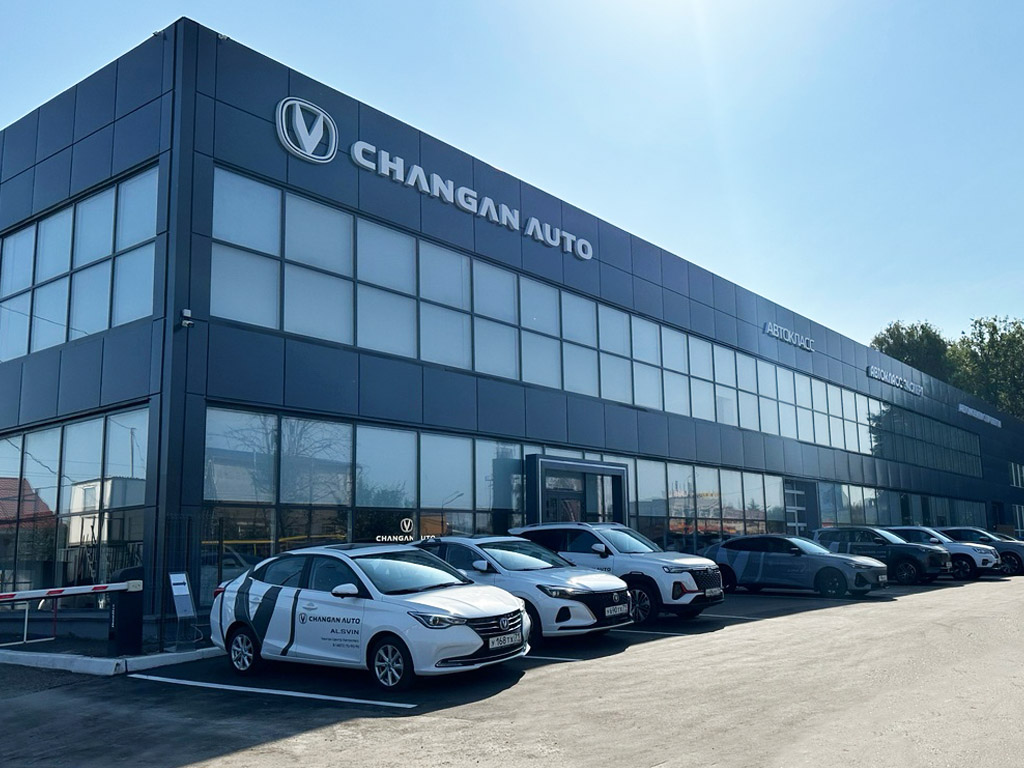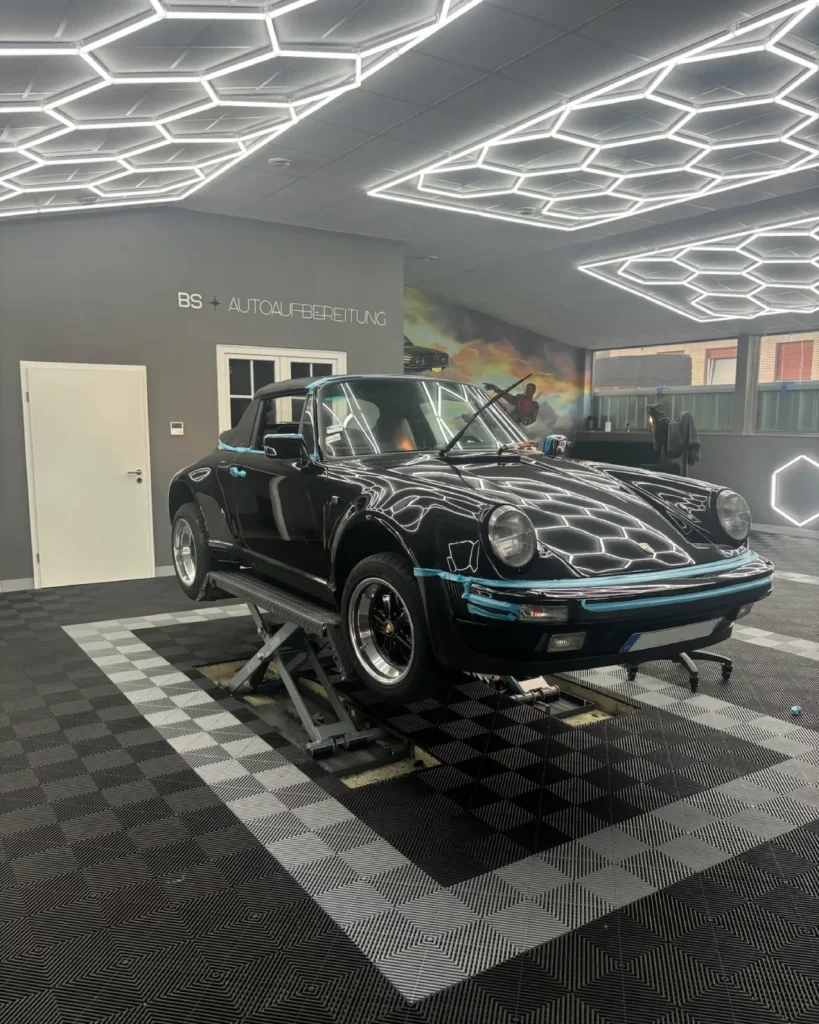Comprehensive Steer To Auto Glaze Repair: Necessary Information For Car Owners To Keep Their FomiteComprehensive Steer To Auto Glaze Repair: Necessary Information For Car Owners To Keep Their Fomite
Auto glaze resort is an necessity panorama of fomite sustainment that every car owner should prioritize. Whether it s a small chip or a big , damage to the windscreen or other glass components of your car can chop-chop become a safety stake if left uncurbed. Driving with diminished visibleness can lead to accidents, while a damaged windshield may not supply the morphological support requisite in the event of a ram. Fortunately, auto glass over repair services offer an operational solution to address these issues right away, ensuring that your car clay in best and safe to Long Term Car Rental Dubai.
When a windscreen is damaged, it s crucial to have it assessed by a professional as soon as possible. Small chips or cracks may seem nontoxic at the start, but they can grow over time, especially when unclothed to extreme temperatures, vibrations, or coerce. This can significantly the biological science wholeness of the glass over, qualification it more susceptible to shattering. It s essential to sympathise that auto glass over resort is not only about aesthetics but also safety. A right repaired or replaced windshield plays a vital role in support the airbag system, which can save lives in the event of an accident. In fact, some studies show that a damaged windscreen can reduce the strength of airbags by up to 30.
The process of auto glass repair typically begins with a thorough inspection by a skilled technician. Using specialised tools and , the technician will assess the of the and whether the windshield can be repaired or needs to be replaced. In cases of nipper chips or cracks, technicians often use a resin injection method, where a specialised adhesive is injected into the crack or chip to bond the glass over and restore its potency. This work on is promptly, cost-effective, and can typically be completed in under an hour, depending on the harshness of the .
In situations where the damage is too wicked to resort, the entire windshield may need to be replaced. This is particularly true for larger cracks, shattering, or damage to the biological science edges of the glass. In these cases, the technician will with kid gloves transfer the old windscreen and establis a new one, ensuring that the fit is accurate and the adhesive bonds decent. While windshield surrogate can be more costly and time-consuming than repairs, it is material for maintaining the safety and functionality of the fomite.
One of the primary concerns when it comes to auto glass repair is cost. While it may seem overpriced, many insurance policies cover the cost of windshield repairs or replacements, especially if the damage is the result of an fortuity or cancel events like hailstorms. In fact, many insurance policy providers offer to waive the for repairs, qualification it an cheap choice for many drivers. It’s always a good idea to with your insurance policy company to empathise the reporting details before programming any repairs.
Another noteworthy factor out to consider is the quality of the materials used during the resort work on. It s essential to pick out a honorable auto glaze repair accompany that uses high-quality materials, such as OEM(Original Equipment Manufacturer) glass over, which matches the specifications of your vehicle s original glaze. This ensures that the replacement glass over meets safety standards and provides optimal public presentation.
In conclusion, auto glass resort is a vital service that should not be overlooked by car owners. Whether with a small chip or considerable , addressing the write out right away can help avoid more dearly-won repairs and ascertain your vehicle cadaver safe to . Regular review and apropos repairs are key to extending the life of your auto glass and maintaining your fomite s overall refuge and functionality.



